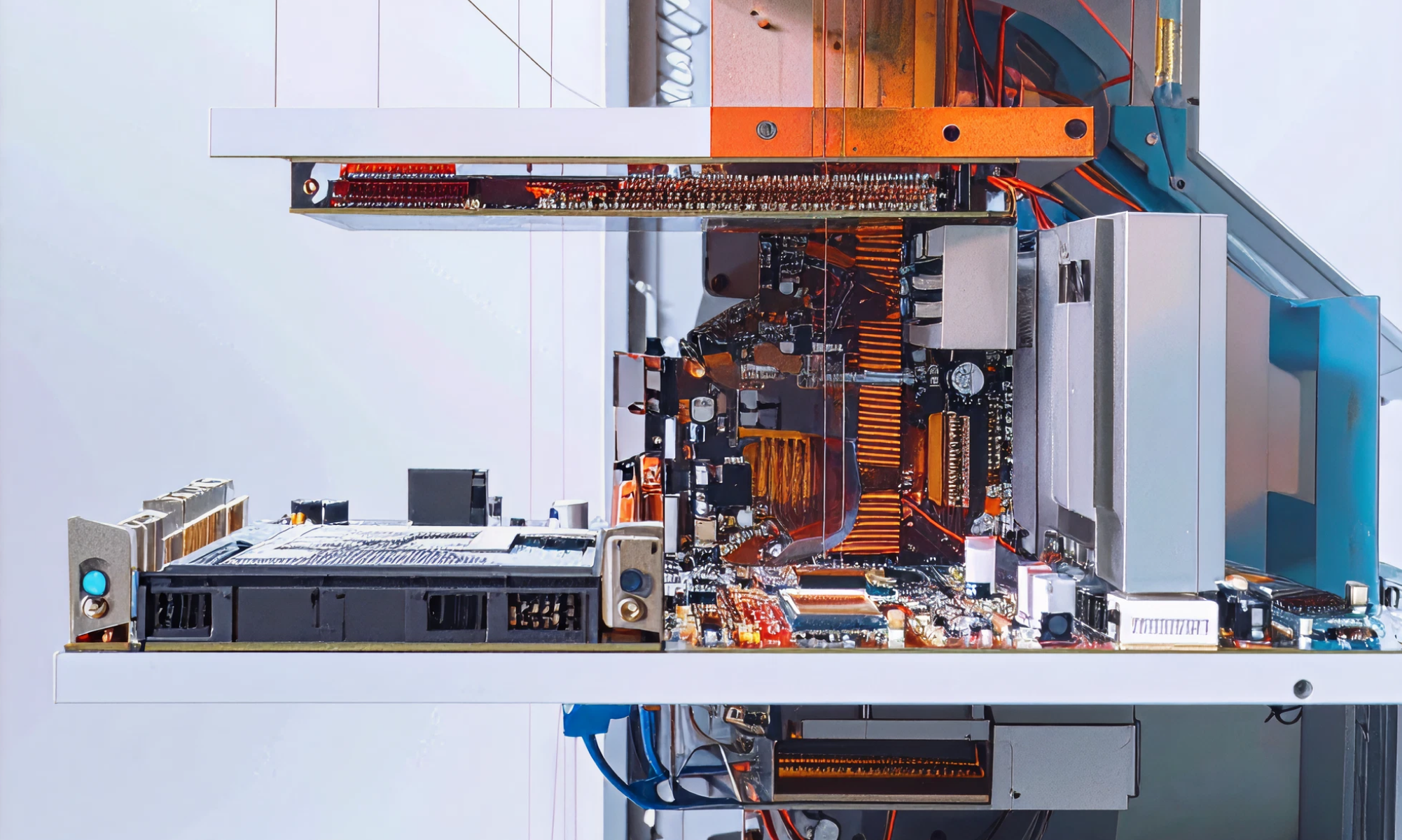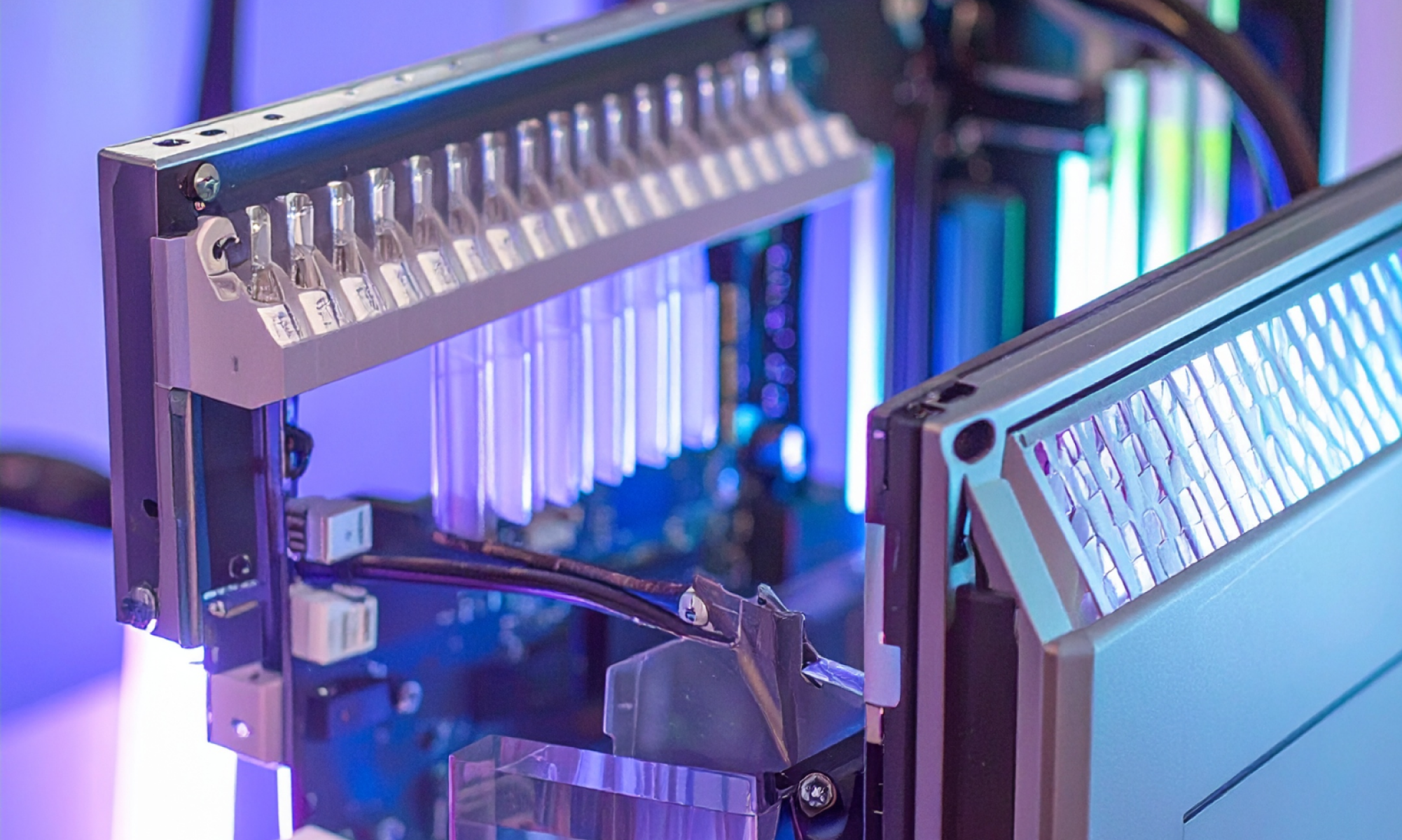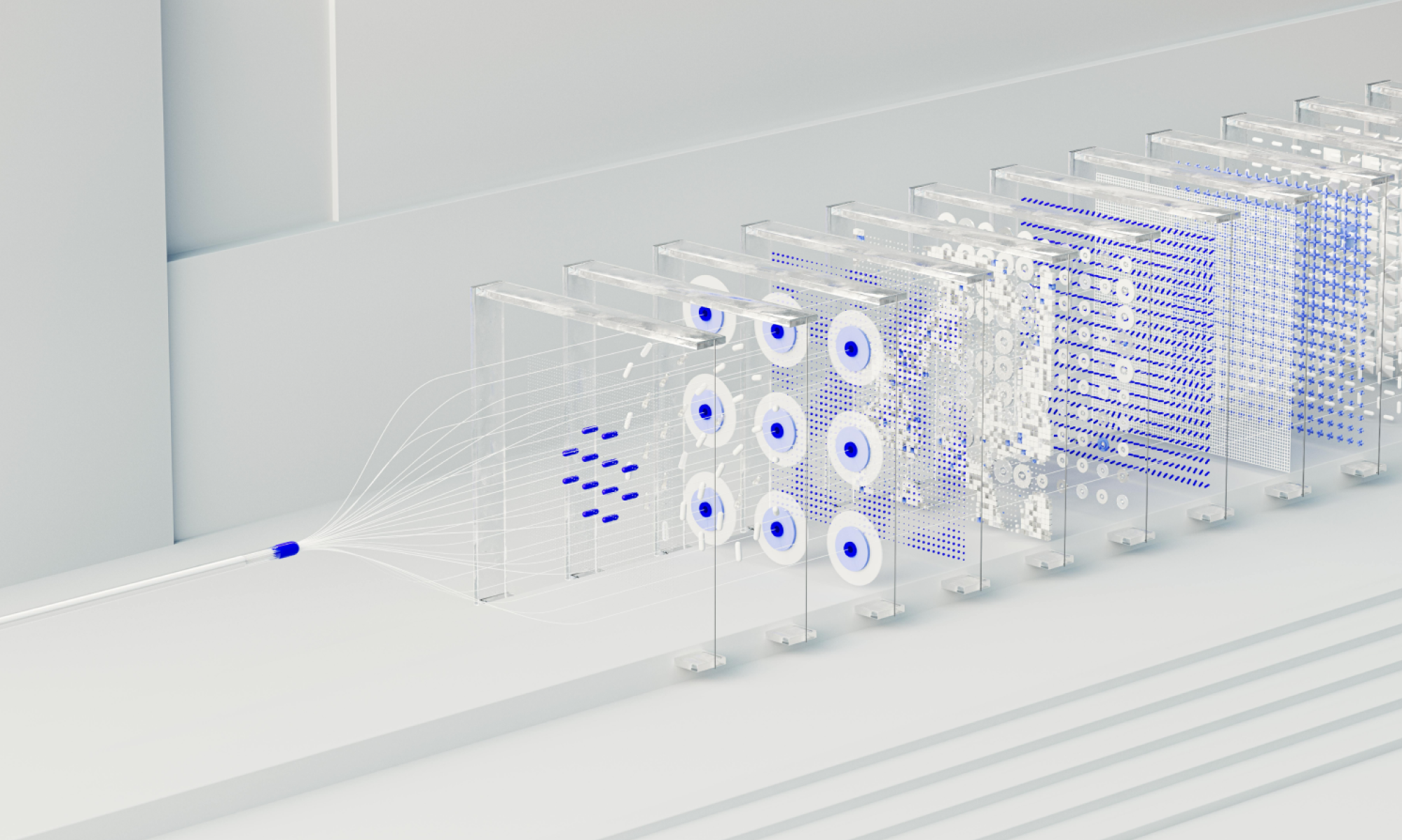AI
our blog
How To Measure AI Adoption Without Vanity Metrics

Many organisations measure AI adoption with surface-level metrics: usage counts, accuracy percentages, or the number of models deployed. While these are easy to track, they rarely capture whether AI is actually creating value. A model might be used daily, but if it doesn’t improve decision making or build trust among teams, its impact is limited.
A more effective approach links AI performance to outcomes people actually care about - reducing manual errors, speeding up decisions, shortening delivery cycles, or improving customer experiences. Metrics should be practical, measurable and tied to clear business goals, not just model accuracy or prediction volume.
At Studio Graphene, we encourage teams to look beyond technical performance and focus on adoption metrics that reflect behaviour and trust. For example, tracking how frequently teams rely on AI insights to make decisions can reveal more about impact than simply knowing a model’s precision score. We’ve also seen success where cross functional teams use shared dashboards to review improvements in decision speed, throughput or quality - helping them see tangible progress without adding unnecessary process.
Lightweight dashboards and reporting frameworks make these insights visible and actionable. They help teams identify which models are truly delivering value and where retraining or refinement is needed. By grounding measurement in outcomes that matter, organisations can make smarter calls on where to invest in AI, which tools to scale and where to step back.
Our role at Studio Graphene is to help define those meaningful KPIs, integrate them into existing workflows and create a rhythm of continuous evaluation. It’s about giving teams the visibility and confidence to know their AI isn’t just accurate - it’s genuinely making work better, faster and smarter.









